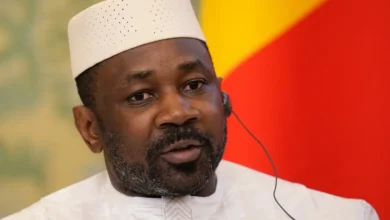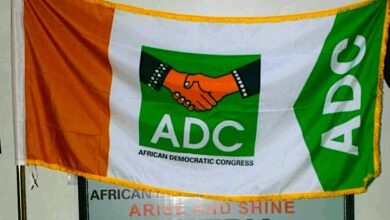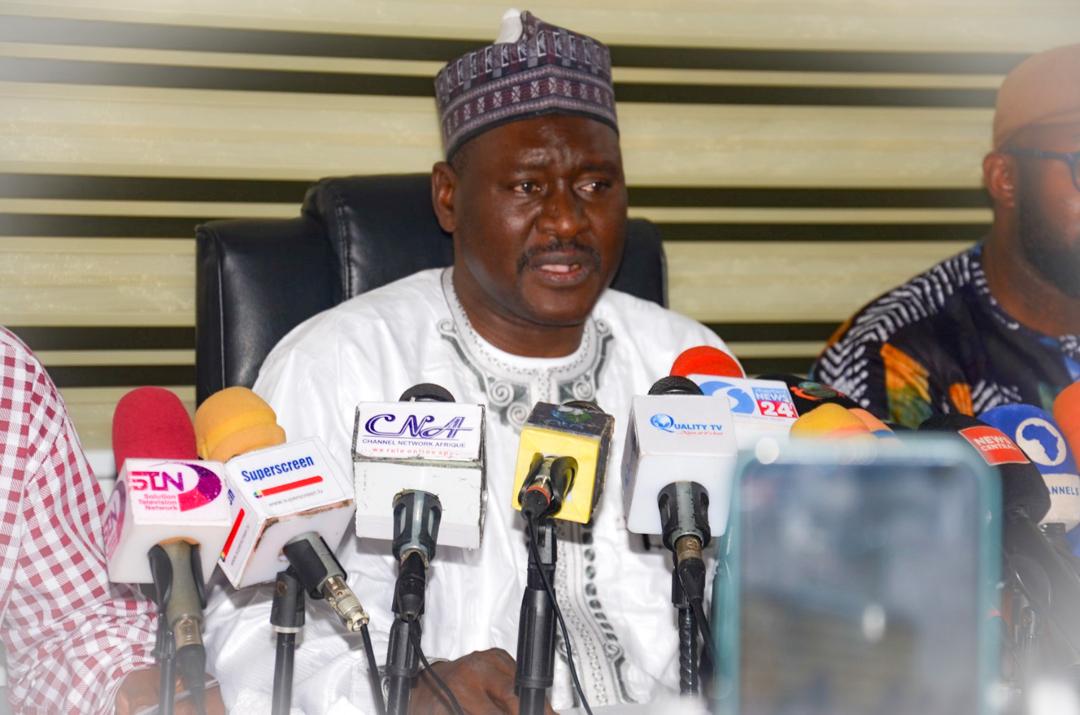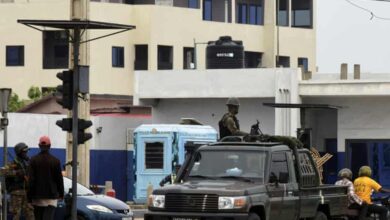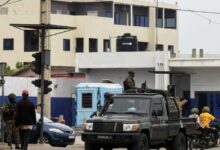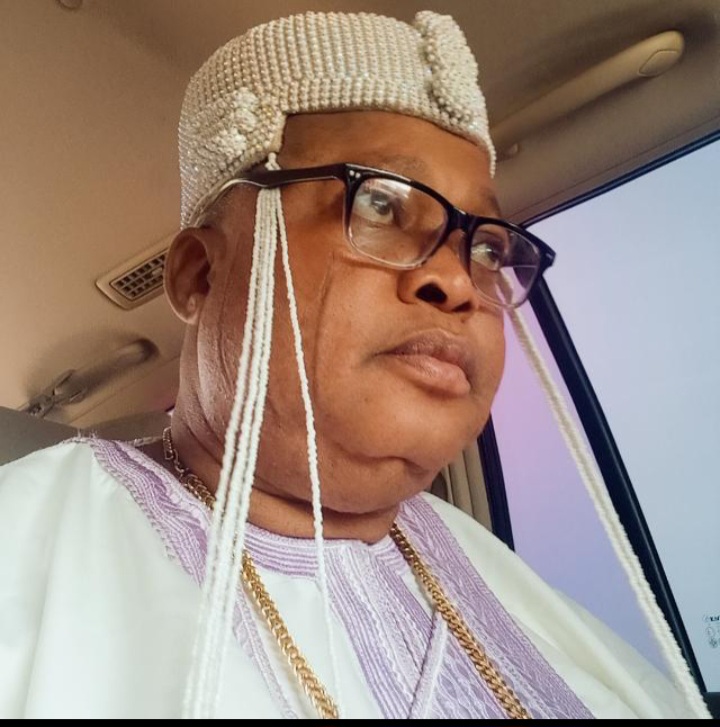
By BASHIR ADEFAKA
There is a township community in Oyo State, South West Nigeria, which has a history that is characterised with peace. The town is called Iganna, which has a unique meaning in Yoruba Language as will be unambiguously explained as this article proceeds.
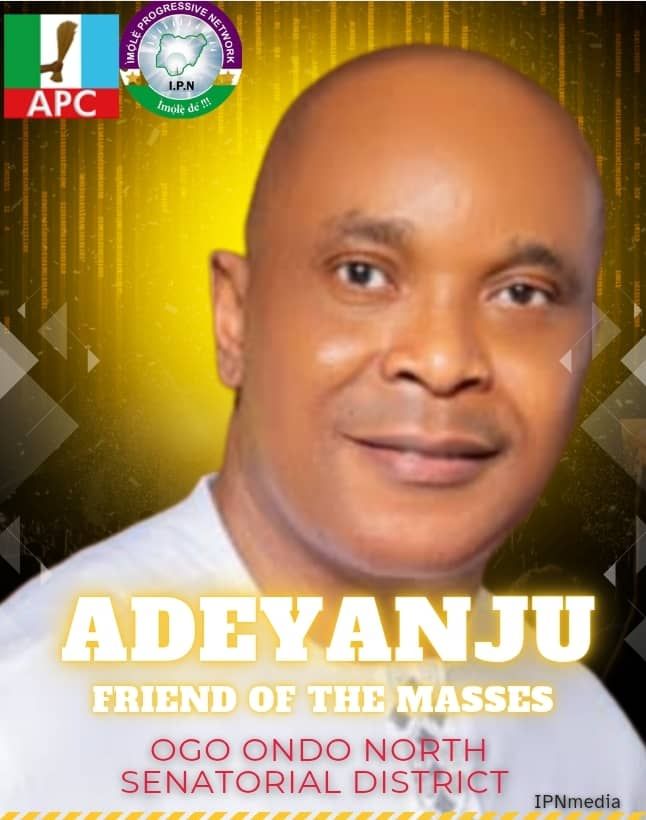
Iganna, a township community of warriors for peace and development of both locals and settlers in the land, is located strategically as the last Oke Ogun community in Iwajowa Local Government Area that shares boundary with Igangan on the Ibarapa side.
Its royalty of Sabiganna of Iganna Land, occupied currently by His Royal Majesty Oba Azeez Salihu Oyemonla, takes its root from Sabe in the neighbouring Republic of Benin, which migration happened for the avoidance of crisis that could possibly emanate from failure of kingmakers to install Gandi Sabi Safa as the king of the kingdom, called Onisabe of Sabe.
Assurances of the reigning Sabiganna have been secured for a detailed ROYALTY Interview that will give more information about the ancient autonomous community but, in the meantime, the job has been made easier by a piece with no author and which excerpt has been lifted from a platform and has been confirmed by insider source to be authentic. The piece describes the Sabiganna of Iganna’s origin as traceable to Adebiyi, one of the grandsons of Oduduwa known as Onisabe of Sabe in Republic of Benin.
After the demise of Adebiyi – the Onisabe of Sabe, it was the wish of the people that his son called Gandi Sabi Safa to ascend the throne of Onisabe but the kingmakers had the contrary view because he was not the heir of the Onisabe and they insisted that the first son of the Oba should succeed his father on the throne.
Consequently, Sabi Gandi and his supporter left Sabe (now in the Republic of Benin) and returned to Yoruba land, their ancestral homeland. He left Sabe with his two wives – Bolujiro and Oluorikan. Bolujiro begat Ajibilu while Oluorikan begat Alokolodo. Both Ajibilu and Alokolodo later ascend the throne of their father. Ajibilu begat Etielu, Baya, Agunloye, Ajimati and Polajo while Alokolodo begat the Alokolodo dynasty.
In short, Gandi Sabi Safa after consultation with Ifa Oracle settled down at Iganna immediately after Ofiki river in accordance with the directive of the oracle but before he settled down, he observed a hut pitched by a man called Balako who was happy to lead him to Alaafin, the owner of the land.
Gandi was pleased beyond words at the mention of Alaafin name that his father uses to tell him about before his death, that they were from the same mother.
This promted Gandi to meet Alaafin and narrated his story. Although he was welcomed by Alaafin but the Tapa war was his great concern. Gandi promised to spur his army into action to joined hand with Alaafin to fight the war and eventually won and brought the decapitated head of the Tapa King to the Alaafin.
Consequently, Gandi received the Royal blessing of the Alaafin who handed over staff of Authority known as “Opagun” and instructed him to install chiefs bearing all the titles known under the Alaafin and that is why the chieftaincy titles like Basorun (Bada), Asipa (Basipa), Samu (Basamu), Akinnuku, Lagunna, Gbonka and Agbaakin are installed by the Sabiganna till today.
In the old Oyo Empire, Iganna was known to be powerful. Then, for administrative conveniences, the descendants of Oranmiyan or the Alaafin were divided into four distinct families known by their distinctive dialects and forming the four provinces of Yoruba proper as listed below:
(i) The Ekun Otun or Western province which included all the towns along the right bank of the River Ogun down to Iberekodo. Iganna was the chief town. Other important towns were Okeho, Iseyin, Iwere-Ile, Ijio, Eruwa, Iwawun, Iberekodo, idiyan, Ibode, Igboho, Ipapo, Kisi, Ado-Awaye and Ibarapas etc.
(ii) Ekun Osi or Metropolitan province comprised all the towns east of Oyo; Ilorin, Ogbomosho, Ikoyi, being the chief town, other important towns are the Igbonas, Oro, Irawo etc.
(iii) The Ibolo province lies to the South-East of the Ekun Osi towns as far as Ede, Iresa being the chief town. Other important towns are: Ofa, Oyan, Okuku, Ikirun, Osogbo, Ido, Ilobu, Ejigbo and Ede.
(iv) The Epo (weeds) are the towns lying to the south and South-West of Oyo, the chief town of which was Oluwo of Iwo. Other important towns in this division were: Masifa, Ife-Odan, Ara, Iwo, Ilora, Akinmorin, Fiditi, Awe, Ago Oja. Summarily, the word ‘IGANNA’ literally denotes wall fence in Yoruba language.
The town is known and addressed as IGANNA and the title of the king as SABIGANNA because it captures and preserves the historical antecedents of the town on how Gandi Sabi Safa our founding father emigrated from Sabe in the present Republic of Benin as a result of chieftaincy tussle between him and his brother in the interest of peace. This accounts for why Iganna people are peace-loving till date.
History has it that Sabe was fence round with an entrance gate as it was done in the past for security reason. When Gandi Sabi Safa decided to migrate from the town with his supporters so as to avert pandemonium that could ensued because of the chieftaincy tussle between him and his elder brother after the demise of their father – Adebiyi, he considered it wise to escape through the wall fence with a ladder rather than to be declared security risk that could go out and reinforce to attack the town by security guards that man the main entrance to the fenced Sabe.
In an attempt to preserve this historical experience, Gandi and his supporters decided to name their new found land, IGANNA and the title of the king, SABIGANNA which is the coinage of SABI that climbed the wall fence (IGANNA) to escape with his supporters; SABIGANNA.
THE DEITIES CELEBRATED IN IGANNA ARE:
1.Egungun: It is always celebrated in the month of August of each year.
2.Sango/Odun Balogun: Celebrated in the month of September of each year.
3.Oosii: Celebrated also in September.
4.Odua: Celebrated in October.
5.Orisa_nla Ajobo: Celebrated in October.
6.Osun: Celebrated in October.
7.Oro Mojesi (always last for seven days): Celebrated in October.
8.Yante: Celebrated in October.
9.Ifa Tite: Celebrated in November.
The cultural heritage of the Iganna includes the Onko dialect of the Oyo tribe. The people are predominantly farmers. Cloth weaving (Aso Oke) is also an occupation of the indigenes of Iganna. Apart from these, trading is also one of the ancient occupations of the town. According to history, the people of Iganna did trek from Iganna to Abeokuta, Ibadan, Lagos and other neighbouring towns/villages for the purpose of trading in the ancient days.
The Iganna people dress in all known Yoruba outfits. These includes Gbariye, Siki, Dandongo, Buba and Sokoto (males), Iro and Buba (females), with Sanyan Cap and Gele to match.
Hunting is another predominant occupation of the people of Iganna. The predominant food of farmers in the Yoruba tribe are also food of people of Iganna such as Oka (Amala), Iyan (Pounded Yam), Eko jije, Eko mimu, Lanfun (Cassava flour), with Egusi soup and other vegetables.
Fishing is also a paramount occupation of the Iganna, hence, the people are described as Iganna a fie yin be lu Odo… meaning, the people of Iganna do jump into river in a backward style for swimming.
Iganna people are also warriors according to history. For example they took part in the Tapa war, Dahomey war during Alaafin Obalokun at Oyo.


